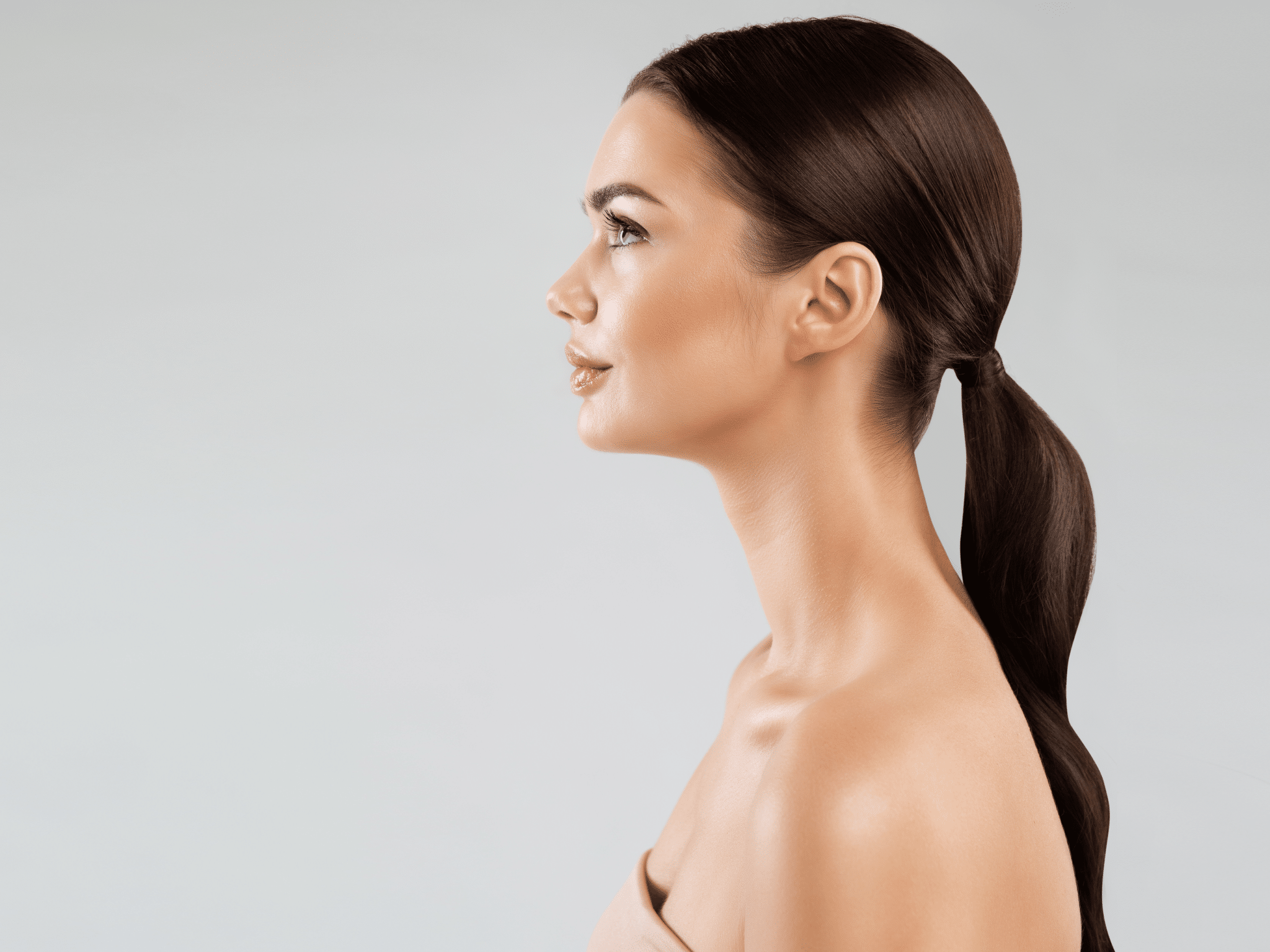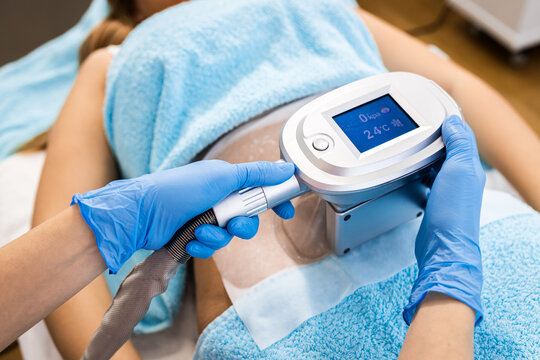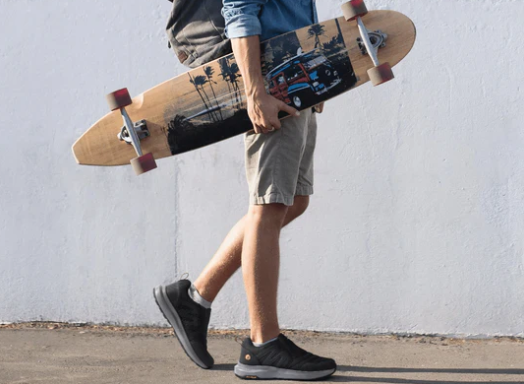Introduction to Modern Facial Rejuvenation
As aesthetic preferences evolve, the demand for subtle and naturally rejuvenated facial appearances has grown across the world—and particularly in Abu Dhabi. Among the advanced treatments gaining attention is the Vector Facelift in Abu Dhabi, a technique grounded in anatomical science and designed to restore youthful facial contours in a refined, discreet manner.
This treatment represents a modern approach to anti-aging, using targeted vector mapping and minimally invasive lifting techniques to support the skin and underlying tissues, offering results that align with both scientific principles and aesthetic goals.
Understanding Facial Aging from a Scientific Perspective
Aging is not just about wrinkles. Scientifically, it involves structural changes in the skin, fat compartments, muscle tone, and connective tissues. Over time, gravity, reduced collagen production, and a shift in fat distribution cause the face to lose volume and sag. This often results in the formation of jowls, hollowed cheeks, nasolabial folds, and a less defined jawline.
What’s crucial to understand is that these changes happen along predictable lines, influenced by the natural vector directions of facial tissues. The Vector Facelift is based on this knowledge, strategically repositioning tissues in alignment with the facial anatomy.
What Are Vectors in Facial Rejuvenation?
In anatomy, vectors refer to directional pathways through which force or movement can be applied. On the human face, these vectors represent the lines along which skin and underlying soft tissues naturally shift over time. Understanding these lines is key to reversing signs of aging without creating an artificial or “pulled” appearance.
A Vector Facelift uses this principle to lift tissue along natural lines of tension, supporting the facial structure in a way that mimics youthful contours. Rather than pulling the skin in arbitrary directions, it respects the face’s biomechanical behavior.
The Role of Tissue Support and Vector Mapping
During the aging process, support structures under the skin weaken. Facial ligaments loosen, soft tissues descend, and the midface loses volume. This is not just a surface-level issue—deep anatomical layers are involved.
Vector mapping involves identifying the optimal lifting directions for different areas of the face based on individual tissue displacement. These customized lifting vectors target:
-
The cheeks and midface for volume restoration
-
The jawline to reduce jowling
-
The neck for refined contours
-
The temples and brow for a subtle lift
By lifting tissues back to their original vector alignment, the face regains structure and vitality without disrupting natural expressions.
Technology-Driven Precision
Scientific advancements now allow the Vector Facelift to be more precise and tailored than ever before. Imaging tools, anatomical analysis, and surface-mapping systems guide practitioners in selecting the most effective lifting points and vector paths.
This data-informed approach ensures consistency in outcomes and enhances predictability. In Abu Dhabi, where innovation meets tradition, such precision aligns with the city’s reputation for embracing cutting-edge technology in a culturally sensitive manner.
Collagen Stimulation and Tissue Remodeling
Another layer of science behind the Vector Facelift is the concept of collagen stimulation. Many modern lifting methods, especially minimally invasive ones, not only reposition tissue but also stimulate the body’s natural regenerative processes.
As vectors are engaged through lifting threads or other methods, the body responds by producing collagen and elastin around the lifted areas. This reinforces the support structures, resulting in longer-lasting firmness and smoother skin texture.
This dual effect—mechanical lift and biological regeneration—is what makes the Vector Facelift scientifically effective and aesthetically refined.
Customization Based on Facial Anatomy
No two faces age in exactly the same way. Differences in bone structure, skin thickness, and fat distribution mean that a one-size-fits-all approach is not ideal. The science of customization plays a major role in the success of the Vector Facelift.
During planning, the face is assessed in vertical and diagonal zones, and each vector is mapped based on the direction of sagging, volume loss, and skin elasticity. This careful study of anatomy ensures that each treatment is tailored for natural-looking and structurally sound results.
In Abu Dhabi, where individuality and authenticity are highly valued, this personalized approach is both culturally appropriate and medically advanced.
Integration with Minimally Invasive Techniques
The Vector Facelift often includes the use of threads, ultrasound-based lifting, or advanced filler placement. These techniques are chosen not for superficial plumping, but for deep structural support.
Threads, for example, are inserted along carefully mapped vectors and anchor into firm tissue layers. As they lift, they also trigger collagen production. These materials are biocompatible and absorbable, designed to interact safely with the body while reinforcing tissue integrity.
This combination of lifting mechanics and regenerative biology forms the scientific foundation of the treatment’s success.
Natural-Looking Results Through Scientific Balance
The most valued result in facial rejuvenation today is a natural, refreshed appearance. The science behind the Vector Facelift ensures that enhancements are made in harmony with facial anatomy and personal expression. By respecting the body’s biomechanics and aging patterns, it avoids the telltale signs of cosmetic overcorrection.
This aligns with a growing preference in Abu Dhabi for subtle elegance over dramatic transformation, a trend that emphasizes authenticity and grace.
Cultural Relevance in Abu Dhabi
In a culturally rich city like Abu Dhabi, personal image is often linked to values of modesty, refinement, and inner confidence. Treatments that promise subtle enhancement without altering identity are especially appreciated.
The Vector Facelift, with its focus on natural balance and discreet improvement, resonates with these cultural expectations. It allows individuals to embrace aging with dignity while enhancing their appearance in a respectful, understated way.
Maintaining Long-Term Results
Science continues to evolve, and so does the understanding of skin longevity and aging prevention. After a Vector Facelift, individuals are encouraged to maintain their results through consistent skincare, balanced nutrition, stress regulation, and facial hydration. These supportive practices ensure that the structural improvements made through vector lifting are complemented by long-term skin vitality.
Frequently Asked Questions (FAQs)
What is the scientific principle behind the Vector Facelift?
It is based on vector anatomy—natural lines of tension in the face. By lifting tissues along these vectors, the face is rejuvenated in a way that aligns with how it naturally looked in youth.
How is this treatment different from traditional facelifts?
Instead of pulling the skin back arbitrarily, it lifts tissue based on detailed mapping of facial vectors. This results in a more natural and less invasive outcome.
Does the treatment involve collagen stimulation?
Yes. In many cases, the lifting method also stimulates collagen production, which helps firm the skin over time and enhances long-term results.
Can it be customized for different facial structures?
Absolutely. The treatment is tailored to individual anatomy, including factors like skin laxity, volume loss, and aging pattern.
How does this align with Abu Dhabi’s aesthetic values?
It supports natural, elegant enhancement without over-alteration, aligning well with local preferences for discreet and dignified beauty treatments.







0 Comments